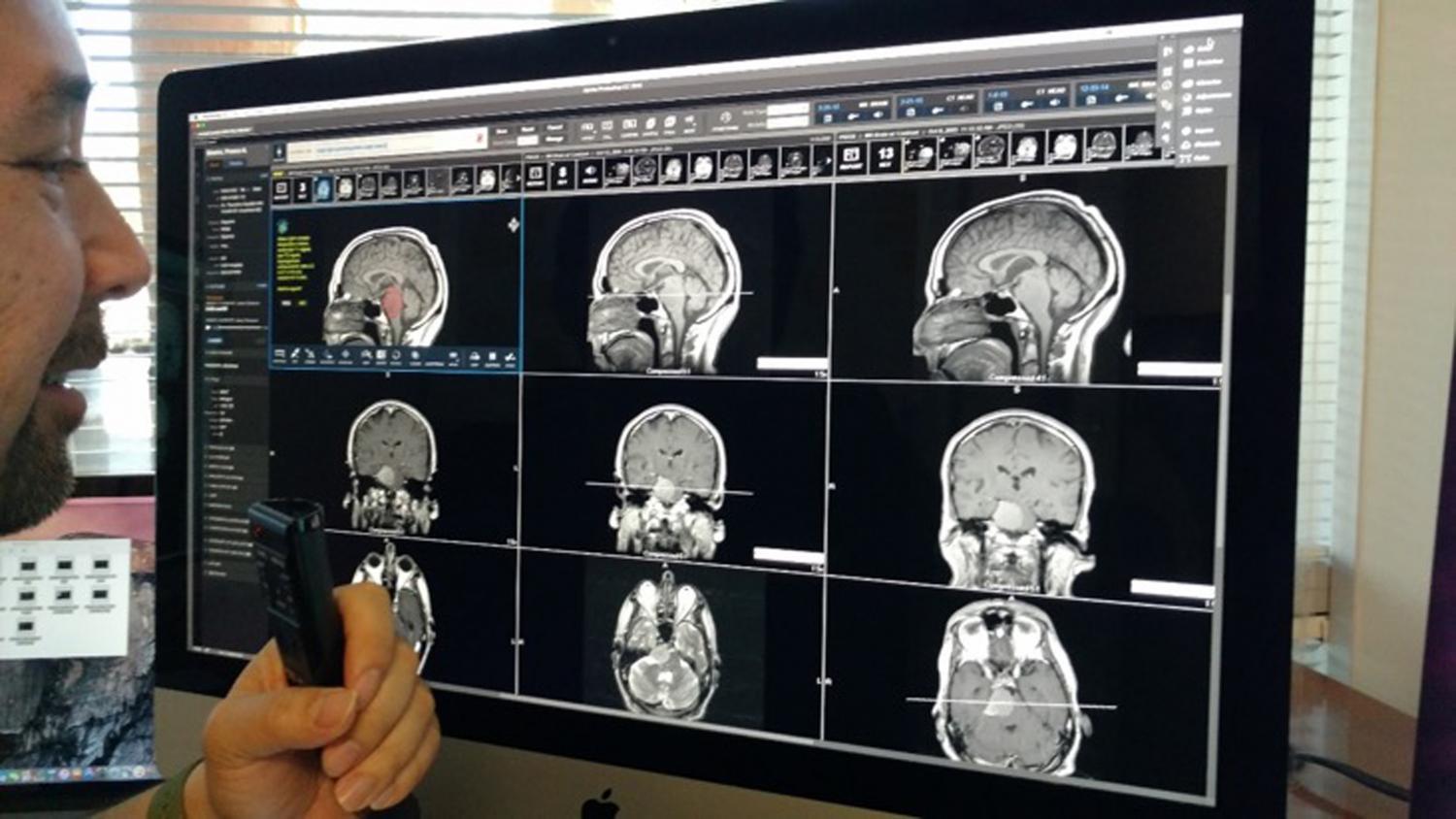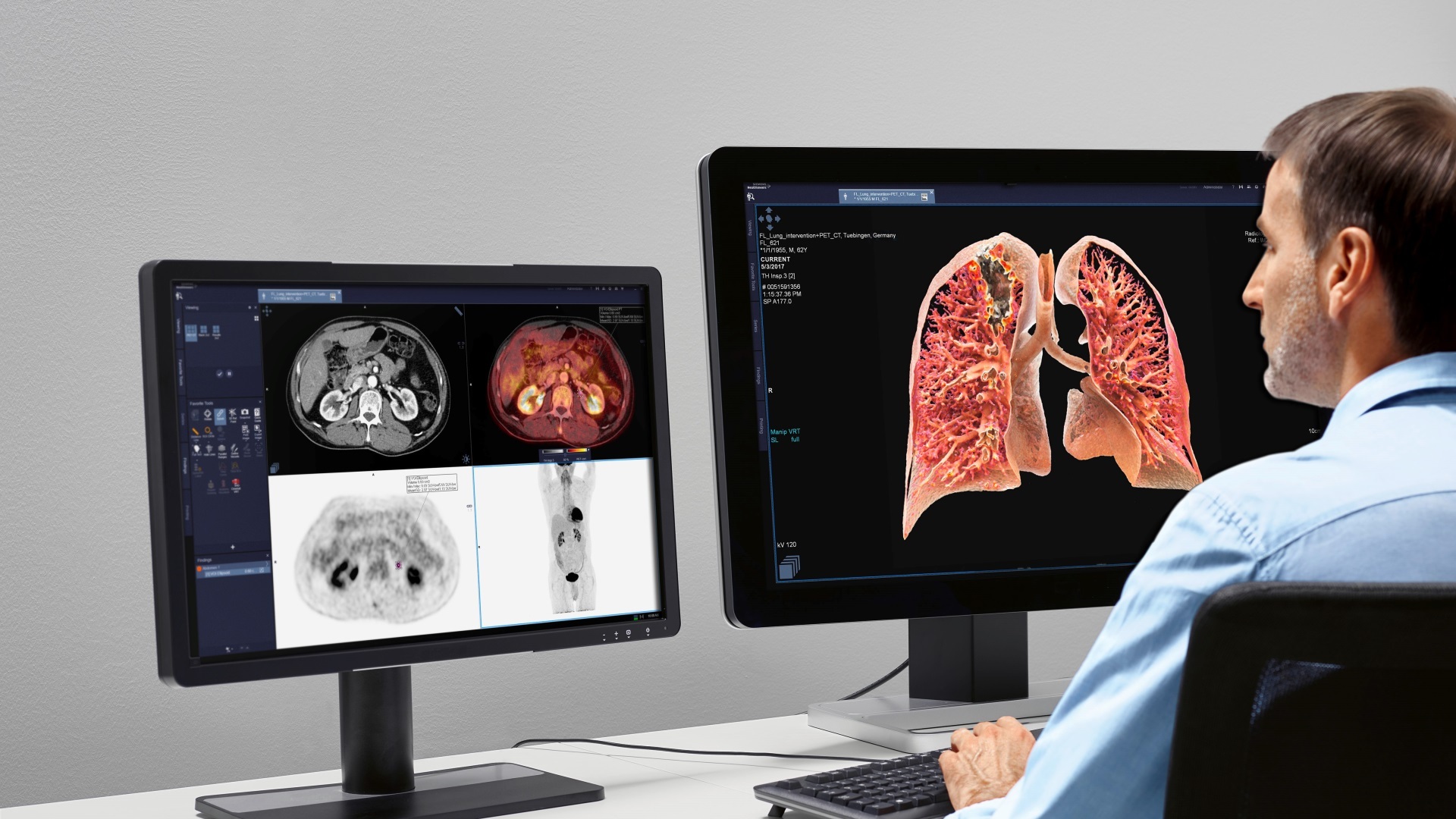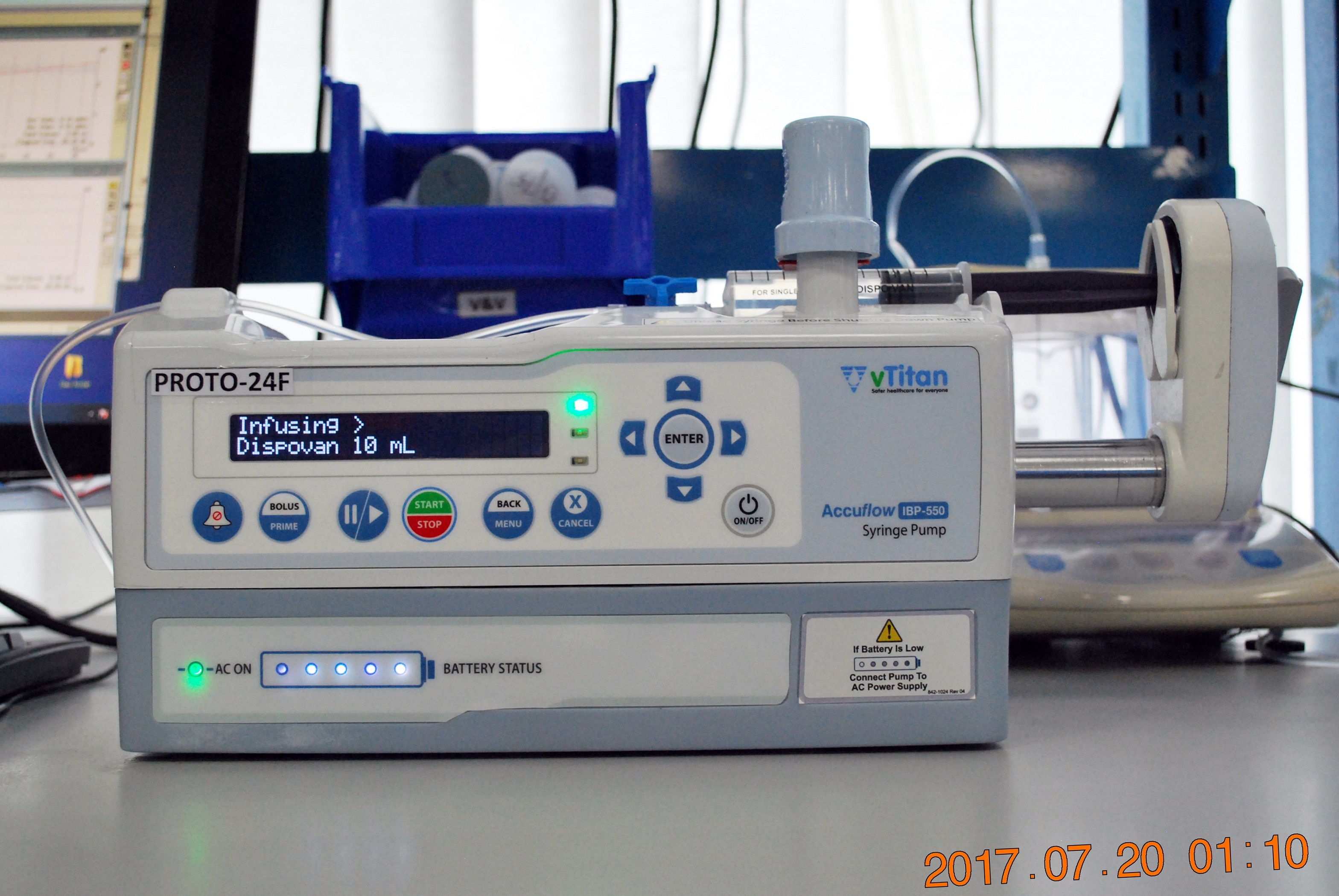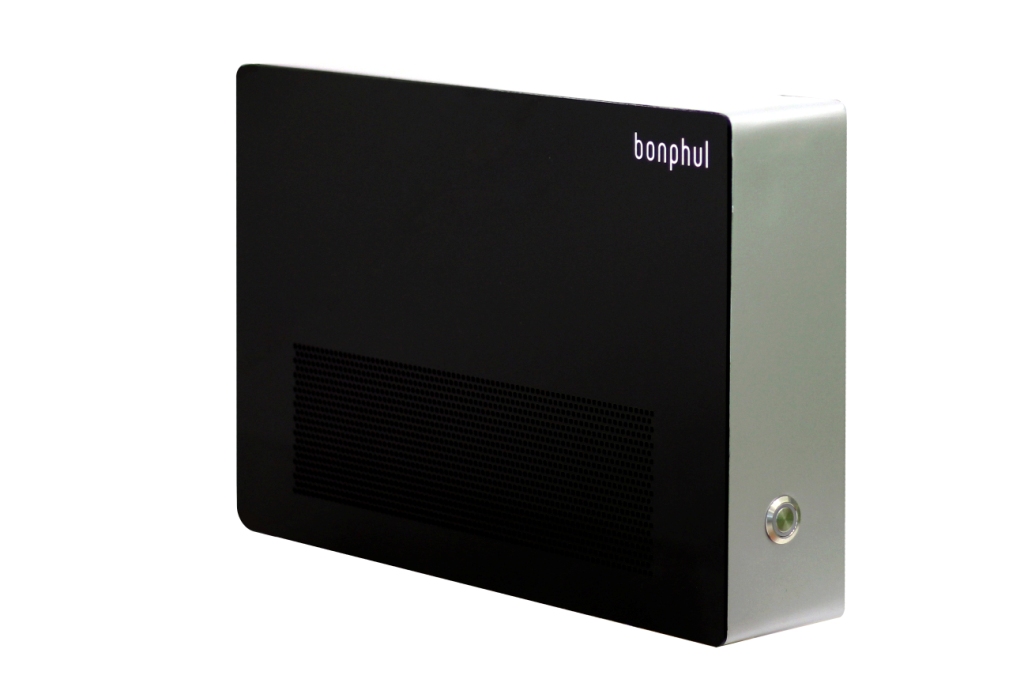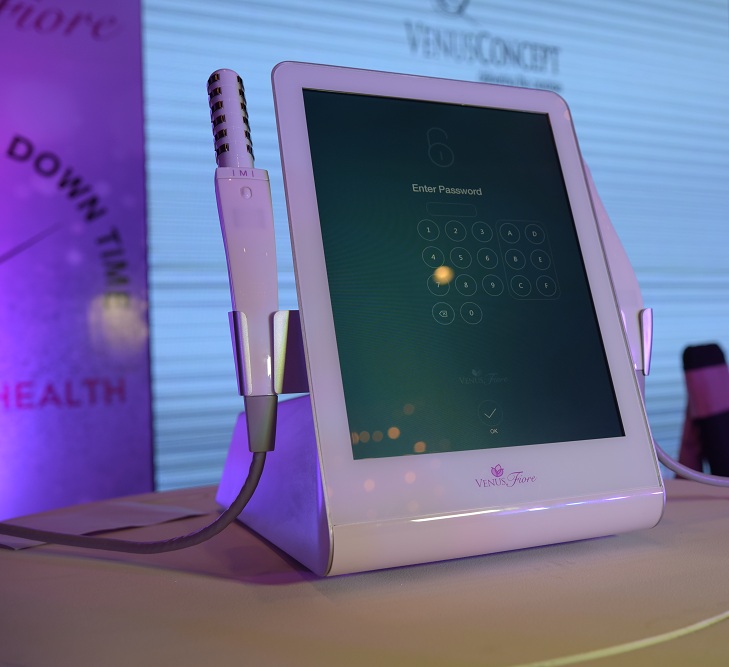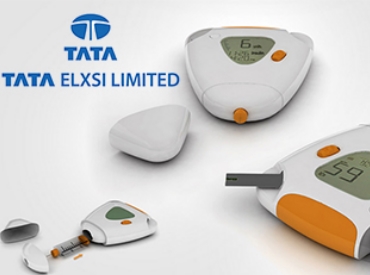
 National Jewish Health researchers and their colleagues in the COPDGene research consortium report that a computerized form of radiology, known as quantitative CT, can offer valuable prognostic information for patients and doctors beyond the standard breathing tests most commonly used to uate chronic obstructive pulmonary disease (COPD).
National Jewish Health researchers and their colleagues in the COPDGene research consortium report that a computerized form of radiology, known as quantitative CT, can offer valuable prognostic information for patients and doctors beyond the standard breathing tests most commonly used to uate chronic obstructive pulmonary disease (COPD).
Our findings indicate that quantitative CT scans can help identify patients at greater risk for damaging exacerbations of their disease, said James D. Crapo, MD, Professor of Medicine at National Jewish Health and co-author of the paper that appeared in the October 2011 issue of Radiology. The findings also help us identify distinct phenotypes among the COPD patient population, who could benefit from individualised, targeted management of their disease.

Progression of COPD does not occur at a steady rate. Exacerbations, flare-ups of the disease sometimes requiring hospitalization, accelerate the decline in lung function, increase the risk of death and lower quality of life. Being able to identify patients at greater risk of exacerbations, and possibly prevent them is an important goal in care of COPD patients.
Breathing tests, known as spirometry, are the standard tool for uating and staging COPD. Although worse results on spirometry do broadly correlate with exacerbations, there are many exceptions. For this and other reasons, physicians have been seeking better tools to uate their COPD patients.
The COPDGene research team sought to uate the ability of radiologic imaging to be that tool. They used quantitative CT, a computerized method of measuring lighter and darker areas of the scan, to measure inflammation as determined by thickness of airway walls and the amount of tissue destruction or emphysema.
They found that greater airway wall thickness and emphysema were both associated with more frequent exacerbations. Each 1 millimeter increase in bronchial wall thickness was associated with a 1.84-fold increase in annual exacerbation rate. Emphysema became a factor only if it involved 35 percent or more of the lungs. Beyond the 35 percent involvement, each 5 percent increase in emphysema was associated with a 1.18-fold in crease in exacerbations.

Be a part of Elets Collaborative Initiatives. Join Us for Upcoming Events and explore business opportunities. Like us on Facebook , connect with us on LinkedIn and follow us on Twitter , Instagram.


